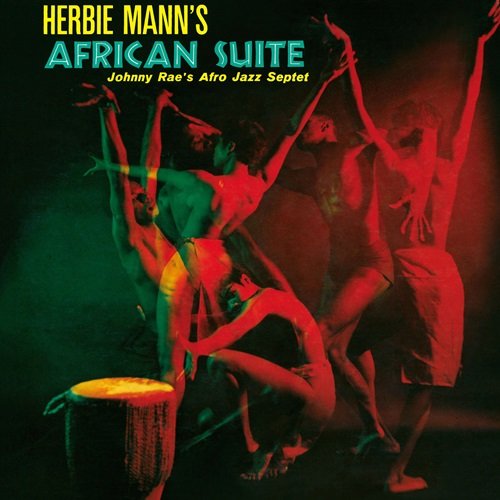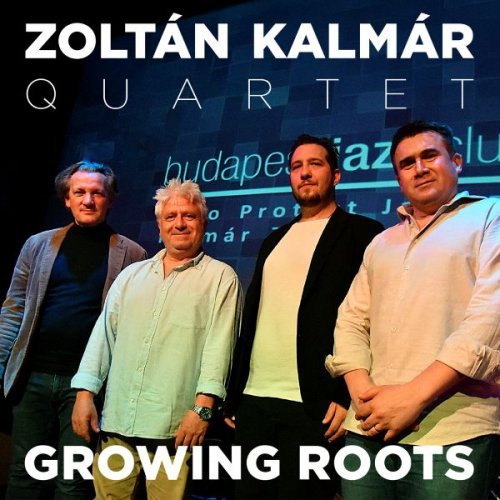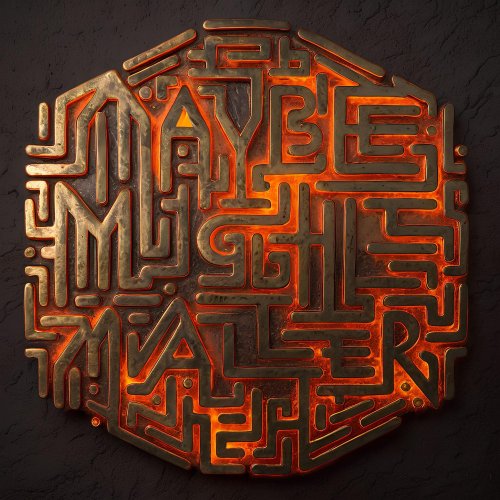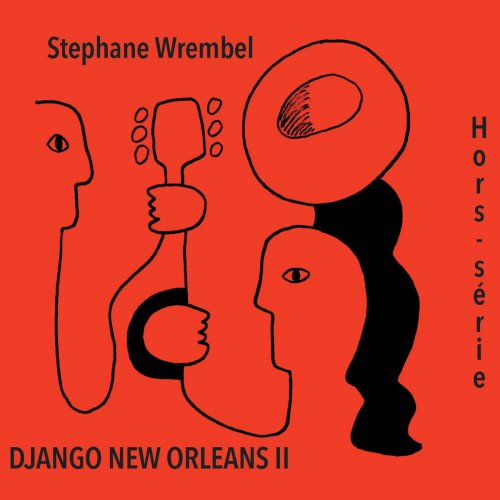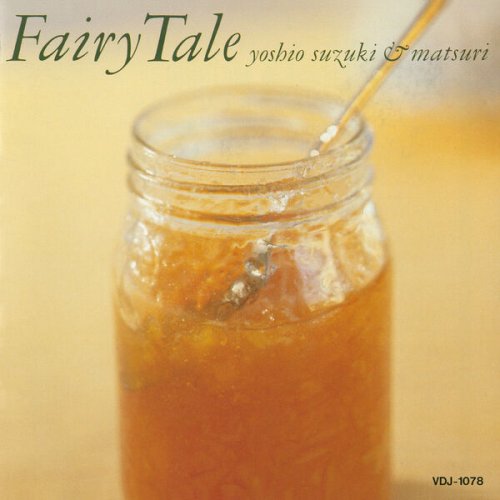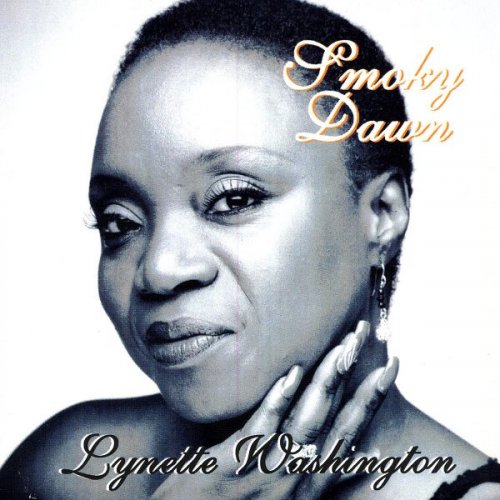Artist:
Lindsay String Quartet, Douglas Cummings, The Lindsays
Title:
Schubert: The Late String Quartets; String Quintet
Year Of Release:
2004
Label:
Decca (UMO) / ASV
Genre:
Classical
Quality:
FLAC (tracks)
Total Time: 3:45:46
Total Size: 979 MB
WebSite:
Album Preview
Tracklist:Disc 1
1. Douglas Cummings – String Quintet in C Major, D. 956: I. Allegro ma non troppo (20:41)
2. Douglas Cummings – String Quintet in C Major, D. 956: II. Adagio (17:26)
3. Douglas Cummings – String Quintet in C Major, D. 956: III. Scherzo (Presto) - Trio (Andante Sostenuto) (10:02)
4. Douglas Cummings – String Quintet in C Major, D. 956: IV. Finale: Allegretto (09:33)
Disc 2
1. Lindsay String Quartet – String Quartet No. 14 in D Minor, D. 810 'Death and the Maiden': I. Allegro (16:56)
2. Lindsay String Quartet – String Quartet No. 14 in D Minor, D. 810 'Death and the Maiden': II. Andante con Moto (13:48)
3. Lindsay String Quartet – String Quartet No. 14 in D Minor, D. 810 'Death and the Maiden': III. Scherzo (Allegro Molto) - Trio (03:50)
4. Lindsay String Quartet – String Quartet No. 14 in D Minor, D. 810 'Death and the Maiden': IV. Presto (09:08)
5. Lindsay String Quartet – String Quartet No. 12 in C Minor, D. 703 'Quartettsatz' (09:39)
Disc 3
1. Lindsay String Quartet – String Quartet No. 13 in A Minor, D. 804: I. Allegro Ma non Troppo (13:02)
2. Lindsay String Quartet – String Quartet No. 13 in A Minor, D. 804: II. Andante (07:03)
3. Lindsay String Quartet – String Quartet No. 13 in A Minor, D. 804: III. Menuetto - Allegretto (07:01)
4. Lindsay String Quartet – String Quartet No. 13 in A Minor, D. 804: IV. Allegro Moderato (06:57)
5. Lindsay String Quartet – String Quartet No. 8 in B-Flat, D. 112: I. Allegro Ma non Troppo (12:29)
6. Lindsay String Quartet – String Quartet No. 8 in B-Flat, D. 112: II. Andante Sostenuto (09:33)
7. Lindsay String Quartet – String Quartet No. 8 in B-Flat, D. 112: III. Menuetto - Allegretto (05:20)
8. Lindsay String Quartet – String Quartet No. 8 in B-Flat, D. 112: IV. Presto (03:49)
Disc 4
1. Lindsay String Quartet – String Quartet No. 15 in G Major, D. 887: I. Allegro molto Moderato (20:26)
2. Lindsay String Quartet – String Quartet No. 15 in G Major, D. 887: II. Andante un poco Moto (11:28)
3. Lindsay String Quartet – String Quartet No. 15 in G Major, D. 887: III. Scherzo: Allegro Vivace (Trio: Allegretto) (07:06)
4. Lindsay String Quartet – String Quartet No. 15 in G Major, D. 887: IV. Allegro Assai (10:21)
The distinguished quartet, the Lindsays, have recently announced that they plan to retire in the summer of 2005. The Lindsays’ management state that, "having devoted the greater part of their professional lives to the Quartet, the members of the Lindsays now wish to explore other avenues and take on new musical challenges. Each member intends to continue a career in performing and teaching." Their retirement is sad news but they leave behind a legacy of many wonderful recordings.
The Lindsays were formed at the Royal Academy of Music and take their name from Lord Lindsay, Vice-Chancellor of Keele University where the Quartet was first resident. After six years at Sheffield University they became Quartet-in-Residence at Manchester University.
Led by the enthusiastic and often animated Peter Cropper, they have been securely established as one of the world’s foremost string quartets for some years. Their interpretations are rooted in the European tradition of great quartet-playing that was handed down by ensembles such as the Busch and Vegh Quartets. The intensity, spontaneity and communicative power of the Lindsays' performances have made them favourites with audiences throughout the world.
The Lindsay members use a remarkable set of instruments. We are informed that Peter Cropper plays a Stradivarius from the ‘Golden Period’, Robin Ireland plays an Amati viola c.1630, while Ronald Birks and Bernard Gregor-Smith are fortunate to be loaned the ‘Campo Selice’ Stradivarius of 1694 and a Ruggieri cello of the same year.
Recording exclusively for Sanctuary Classics, the Lindsays’ extensive discography includes complete cycles of Beethoven and Bartók, and a series devoted to Haydn, Schubert and to 'The Bohemians'. In 1984 they received the Gramophone Award for their recording of the Beethoven ‘Late’ Quartets. As an enthusiast of the Lindsays, I have long admired their special affinity for the string quartets of Schubert. This four disc box set from Sanctuary Classics on their Resonance label uses previously released material and proves a fitting tribute to the ensemble’s art.
The first work in the set is the famous String Quintet in C major. Described as, "as one of the most pessimistic documents in all chamber music." Schubert wrote the score in 1828 for the unusual combination two violins, viola and two cellos. In this heartbreaking score the Lindsays, with the service of additional cellist Douglas Cummings, offer an intense account that gives a realistic sense of a live performance. As much as I enjoyed this interpretation the superbly refined and highly moving version by the Alban Berg Quartet with Heinrich Schiff on EMI Classics 5 66890 2 from 1982 must remain my first choice.
The celebrated String Quartet No. 14 in D minor ‘Death and the Maiden’ is a fierce work with the theme of death at its heart. Dating from 1824, the quartet was published posthumously. The title ‘Death and the Maiden’ stems from the use of a song which appears in the Andante. The Lindsays perform with purpose and utmost conviction and are particularly effective in the theme and variations that comprise the second movement Andante con moto. My premier recommendation of the ‘Death and the Maiden’ is from the Italian Quartet on Philips 446 163-2, an account recorded in 1965 and remarkable for its sheer technical excellence and impressive imagination.
The String Quartet No.12 in C minor, ‘Quartettsatz’ of 1820 comes just after the famous Quintet in A major ‘The Trout’, op.114 and shortly before the equally famous Symphony No.8 in B minor ’Unfinished’. Known as the ‘Quartettsatz’ the work is a curiosity since it consists of a single movement. There is reason to believe that Schubert intended this music as a first movement to a full-length quartet. Why the other movements were not written has never been satisfactorily explained. Conceived in a single ten minute Allegro assai the ‘Quartettsatz’ is one of Schubert’s finest chamber compositions. In a thrilling performance the Lindsays convey the dramatic power and wide-ranging ideas of the score. This is my first choice version.
The String Quartet No. 13 in A minor ‘Rosamunde’ was the only one of Schubert’s four string quartets to be published in his lifetime. Composed in the shadow of a fatal illness this brooding work from 1824 also happens to be one of the greatest ever written. Known as the ‘Rosamunde’, this work reuses themes from the incidental music to the unsuccessful play of that name. The material serves throughout to articulate pained memories of happier times. The Lindsays with assurance and sensitivity communicate the underlying sadness in the score. As fine as this interpretation is the competition is extremely fierce. My ideal account of the is the one on period instruments from the eminent Quatuor Mosaïques on Auvidis Astrée E 8580 for their very special playing. There the personality of each member comes across so engagingly. The remarkable and sublimely emotional second movement Andante is played with sensitivity and poetry and is an intensely moving experience. Having heard the interpretation from Quatuor Mosaïques I can fully understand how influential music writer H.L. Mencken stated that this music was the proof he needed for the existence of God.
Schubert composed his String Quartet No.8 in B flat major in just eight days in 1814. Outstanding musicianship by the Lindsays infuses Schubert’s score which overflows with delight and youth exuberance. I particularly enjoyed their interpretation of the second movement Andante sostenuto which is the most beautiful in the entire work. My favourite account is that from the Kodaly Quartet on Naxos 8.555921 for their sweetness of tone and accuracy of ensemble. Most consistent playing with warmth and intensity.
Composed in 1826 in only eight days the String Quartet No.15 in G major is less well known than its close predecessor, ‘Death and the Maiden’ yet the work is hardly less remarkable. Schubert biographer R.H. Schauffler remarks on several key features notably the forward-looking modernity that surpasses even that of ‘Death and the Maiden’, the rhapsodic quality of certain themes, the characteristic variation between major and minor and a more marked orchestral quality. The Lindsays provide a marvellously phrased and attractively characterful interpretation that I found enthralling throughout. However in this work the wonderfully expressive account from the Italian Quartet from 1977 on Philips 446 163-2 has few peers and is my preferred version.
This four disc box set from Sanctuary Classics’ newly-launched, budget-price Resonance label is superb value. Only one of the six works would be my preferred choice but the competition in this repertoire is extremely intense and I would not want to be without these splendid accounts. The artwork is striking for the use of a vivid orange box and pink slipcases. The annotation is interesting and informative however a magnifying glass is needed to read the incomplete recording information which uses the smallest typescript that I have ever seen on a CD.
This set is a wonderful and highly appropriate testament to the art of the Lindsays.
Michael Cookson
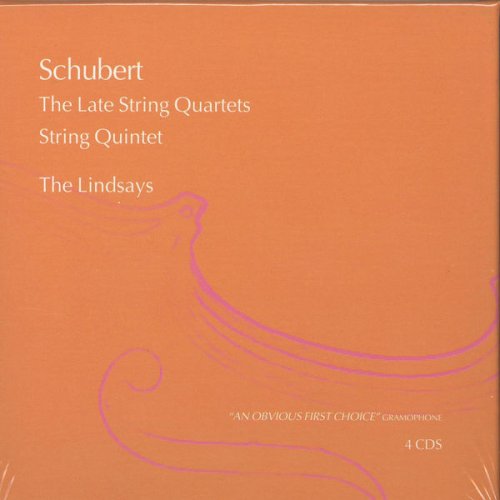

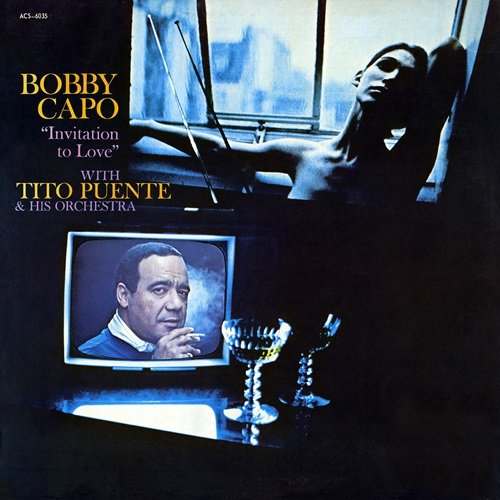
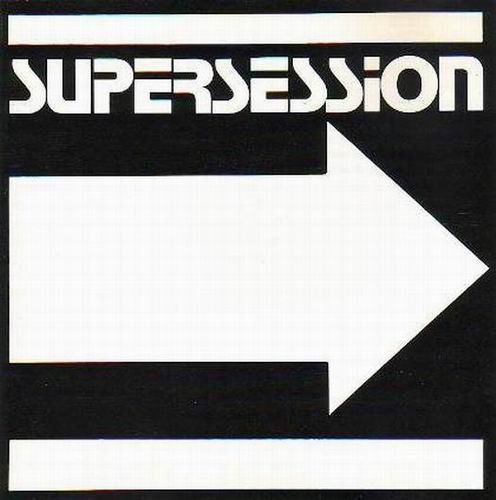
![Citrus Citrus - In the Belly of the Eternal Draw (2025) [Hi-Res] Citrus Citrus - In the Belly of the Eternal Draw (2025) [Hi-Res]](https://img.israbox.com/img/2025-11/14/cswtyb4iexfwowup0x3m8vm5e.jpg)
